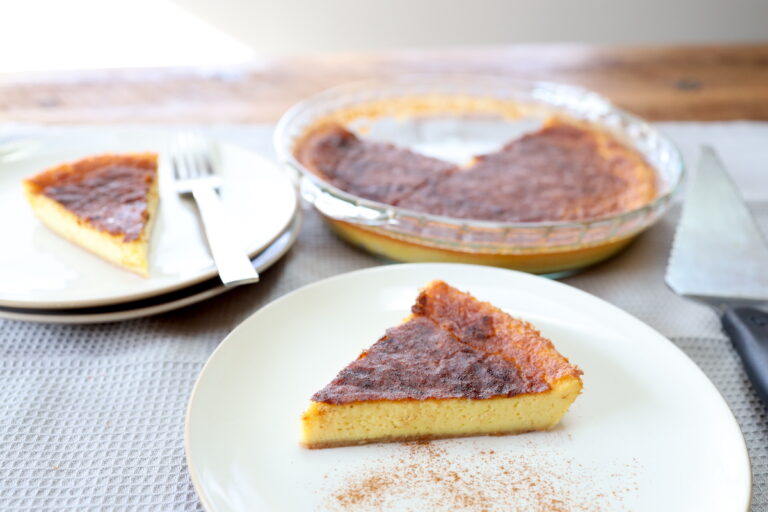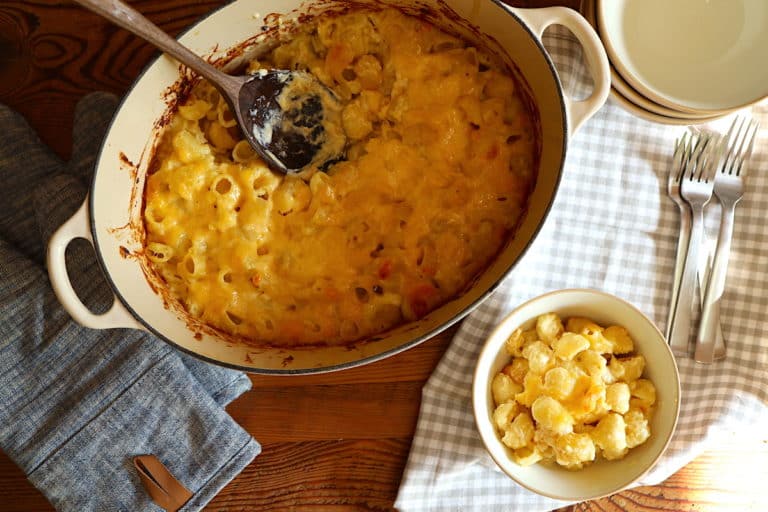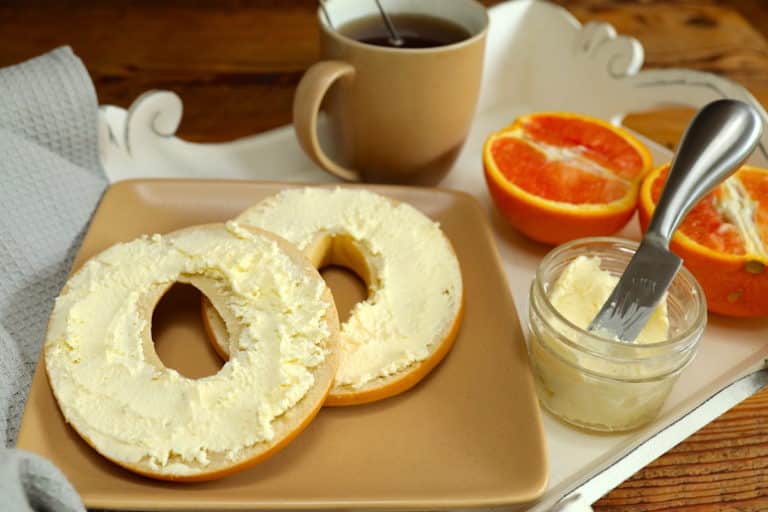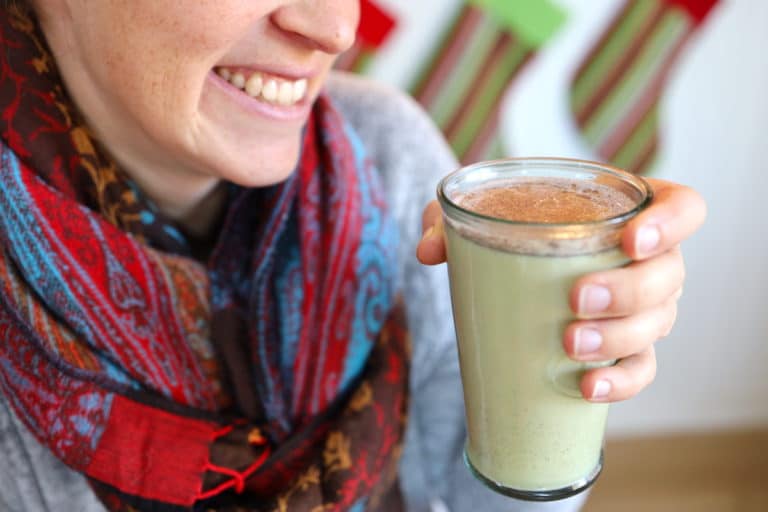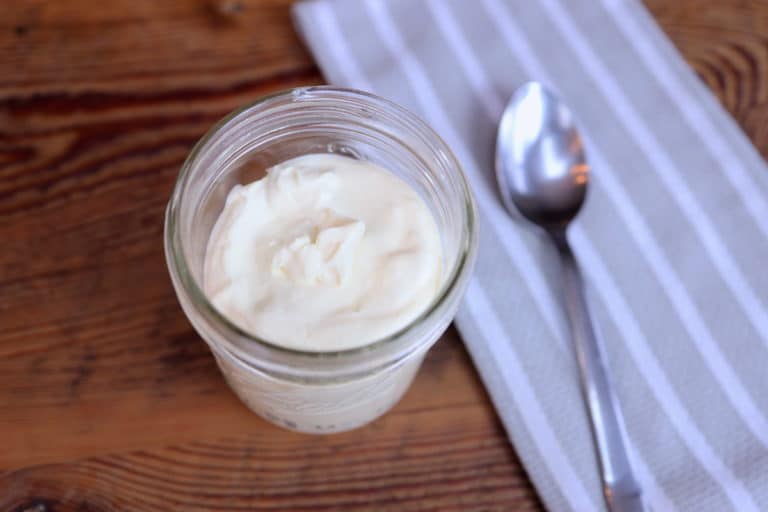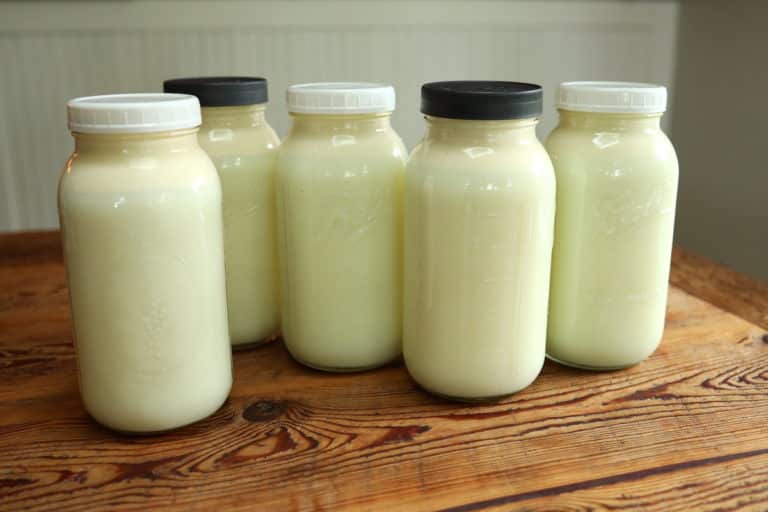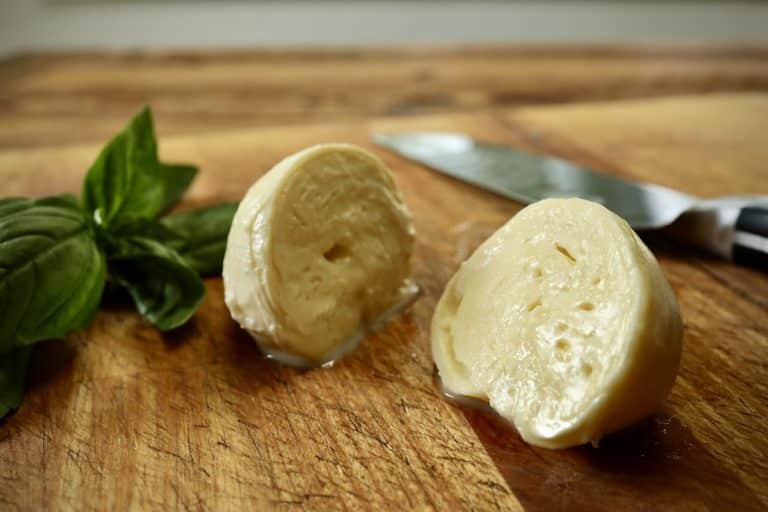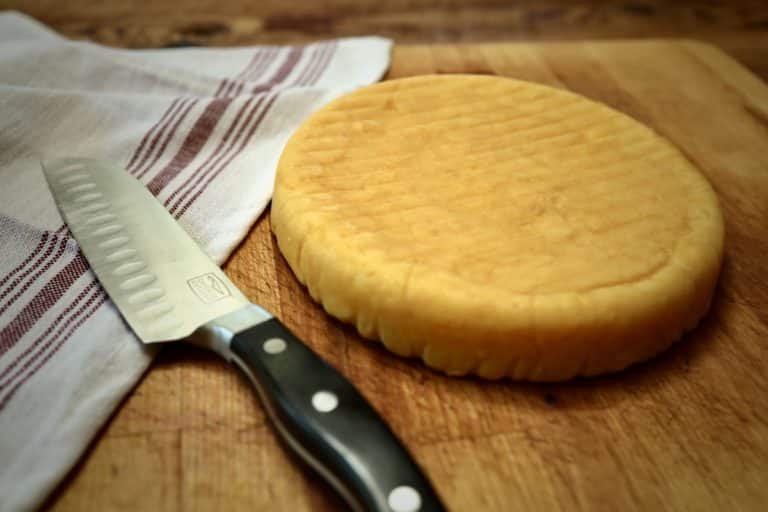EASY Crustless Custard Pie (Options for Gluten Free)
When we need a quick and easy dessert that will quell any sweet tooth, this crustless custard pie is our go-to! Also known as impossible pie, this recipe naturally separates into layers forming its own pie crust with no extra work from you. We are always looking to add easy recipes to our repertoire centered…

